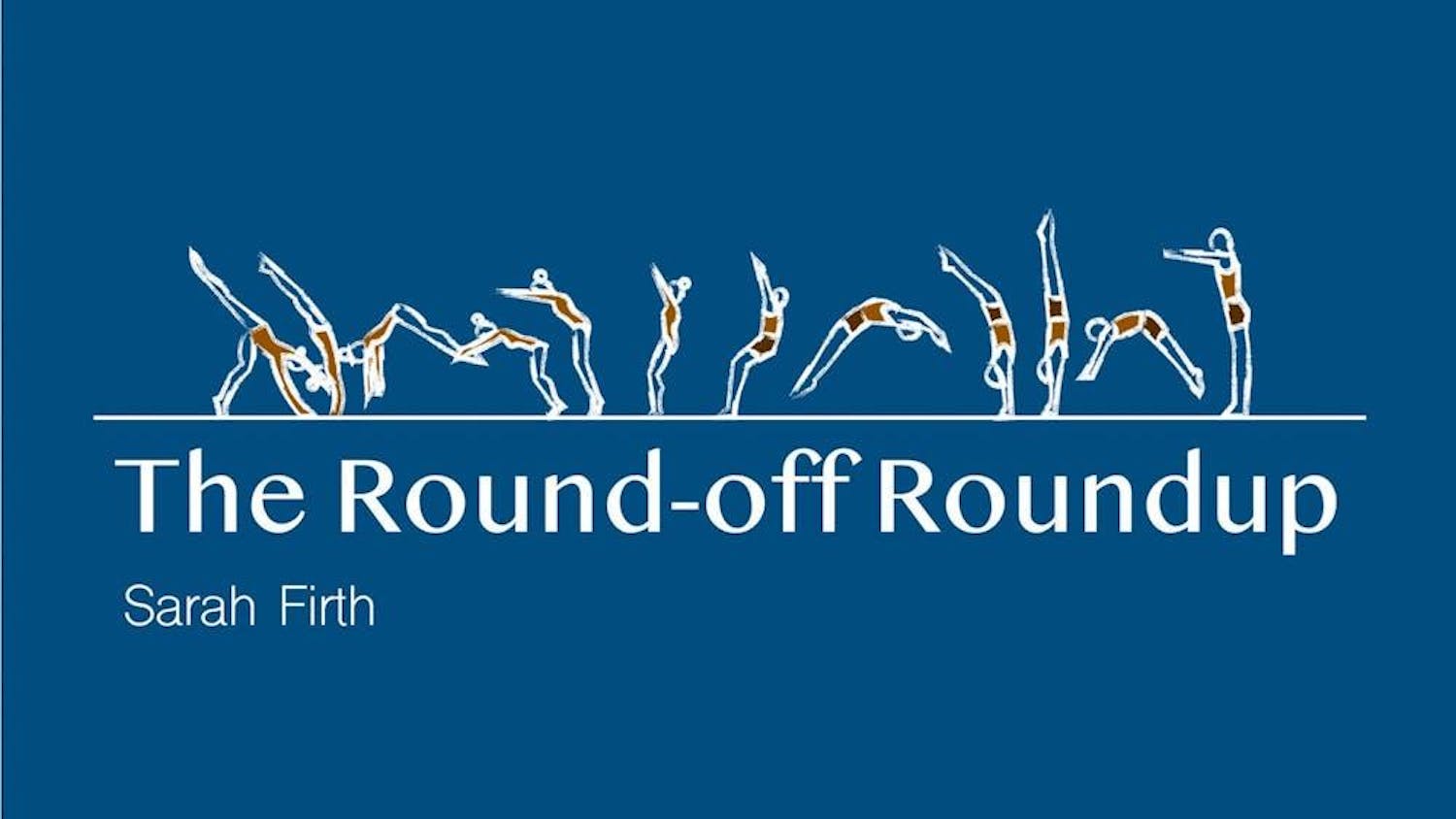Disclaimer: This column is not about Joe Paterno and Penn State. For more information on that topic, check out any other sports columnist on any other website.
There is no argument that Div. I college football has the most counter−intuitive, imbalanced postseason system of any league in the sports world. Where else can you win every game and not even get a shot at the national title? In fact, a team can go undefeated and not even play in one of the big five bowls, an accomplishment the University of Houston may manage this year. The SEC begins every season with many of its teams nationally ranked, and because they basically only play conference games, their rankings become a self−fulfilling prophecy. How else can you explain the SEC having five teams in the Top 15?
But I'm not here to complain about the BCS structure. It has been criticized repeatedly, and the NCAA big wigs just don't seem to care. Instead, I'm going to look at other decisions the association has made that continue to tilt the playing field further in the favor of those on the inside.
We'll start with everyone's favorite Cinderella team, the Boise State Broncos. Already boasting an impressive win over SEC East leader Georgia, the Broncos will host TCU in the toughest game left on their schedule. Yet while the game will be played on Boise's famous blue turf, the team will not be coming out in its famous blue uniforms. Why? Well, the team has been banned from wearing the uniforms at home by the Mountain West Conference because they blend in with the field.
This opens up a whole range of questions. How are players looking across the field losing them in the turf below? If Boise can't wear blue on blue turf, why can teams like Hawaii wear green on green turf? Should we not let them play in front of a crowd either so they can't get an advantage there? If the Broncos weren't as good as they are, would anyone have even bothered with this rule?
Most of this is rhetorical, as it's clear that this is just another slight against one of the best non−establishment teams of the last decade. The odds continue to be stacked against them, yet they maintain outstanding results.
While the non−BCS contenders continue to struggle to stay afloat in the title talk, other teams are handed their opportunity on a silver platter. One of the more egregious examples of this comes from the Pac−12. There is a defined protocol for a conference championship game in college football: a neutral field game between the top teams in each division, often at one of the major football stadiums in the country. The SEC uses the Georgia Dome; the Big 12 uses Cowboys Stadium. Even the Big Ten will be using Lucas Oil Stadium in Indianapolis for its first ever championship.
But the Pac−12 will play its first title game at the home stadium of the team with the better conference record. Translation: we are going to give our national championship contender the best chance possible to move on and bring back more money for the league. There are so many great neutral options on the west coast — the Rose Bowl, University of Phoenix Stadium, CenturyLink Field — yet the conference chose none of them. It's a clear attempt to influence results on the field with action off of it.
Unfortunately, as fans, we just can't stop watching. We buy in every year, and the millionaires reap the rewards while the sport itself suffers. Maybe someday things will change, but I think there is a better chance that former Penn State coordinator Jerry Sandusky gets his job back. (Sorry, had to mention it.)
--
Ethan Sturm is a junior majoring in biopsychology. He can be reached at Ethan.Sturm@tufts.edu.





